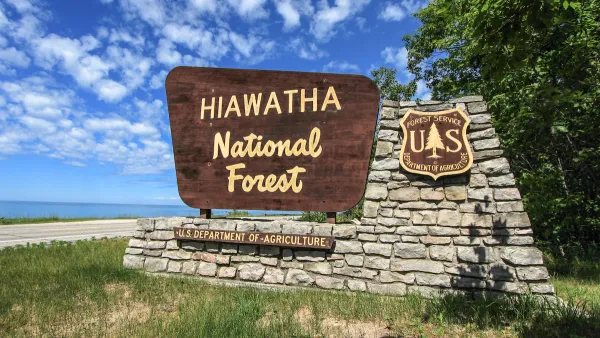The company's proposed $100 billion carbon capture project would require a "large-scale" public-private partnership and could capture up to 100 million tons of carbon per year.

"[L]ess than three months after the company announced plans to invest $3 billion into a new low-carbon solutions venture," Exxon has proposed a $100 billion carbon capture facility in Houston, citing the city's "large concentration of carbon-emitting industries" and "location near the Gulf of Mexico that could store large amounts of carbon dioxide safely and permanently," reports Paul Takahashi in the Houston Chronicle.
"The Irving oil major warned, however, that developing a so-called Houston CCS Innovation Zone -- billed as the biggest carbon sequestration project in the world -- would require a public-private partnership and government funding." Exxon is pushing for "an 'Innovation Zone' approach to dramatically accelerate Carbon Capture and Storage progress," calling for "the company along with many private and public partners to build a carbon capture facility to collect emissions from refineries, petrochemical plants and other industrial facilities along the Houston Ship Channel." The carbon would be stored in old oil and gas formations in the Gulf of Mexico, which is projected to have a capacity of 50 million tons of carbon dioxide annually by 2030, "more than all the carbon capture and storage projects operating globally" today.
"While European oil majors are investing heavily in wind and solar energy to prepare for a low-carbon future, U.S. oil giants are hanging their cowboy hats on carbon capture and storage, the decades-old, but expensive technology of extracting carbon dioxide from the air and storing it in deep underground reservoirs." Yet local leaders praise the proposal as an important step. Bobby Tudor, chair of the Greater Houston Partnership's Energy Transition initiative, called the plan a "key milestone" in the "global energy transition to a low-carbon future."
FULL STORY: Exxon eyes Houston for $100B carbon capture hub

National Parks Layoffs Will Cause Communities to Lose Billions
Thousands of essential park workers were laid off this week, just before the busy spring break season.

Retro-silient?: America’s First “Eco-burb,” The Woodlands Turns 50
A master-planned community north of Houston offers lessons on green infrastructure and resilient design, but falls short of its founder’s lofty affordability and walkability goals.

Delivering for America Plan Will Downgrade Mail Service in at Least 49.5 Percent of Zip Codes
Republican and Democrat lawmakers criticize the plan for its disproportionate negative impact on rural communities.

Test News Post 1
This is a summary

Test News Headline 46
Test for the image on the front page.

Balancing Bombs and Butterflies: How the National Guard Protects a Rare Species
The National Guard at Fort Indiantown Gap uses GIS technology and land management strategies to balance military training with conservation efforts, ensuring the survival of the rare eastern regal fritillary butterfly.
Urban Design for Planners 1: Software Tools
This six-course series explores essential urban design concepts using open source software and equips planners with the tools they need to participate fully in the urban design process.
Planning for Universal Design
Learn the tools for implementing Universal Design in planning regulations.
EMC Planning Group, Inc.
Planetizen
Planetizen
Mpact (formerly Rail~Volution)
Great Falls Development Authority, Inc.
HUDs Office of Policy Development and Research
NYU Wagner Graduate School of Public Service





























